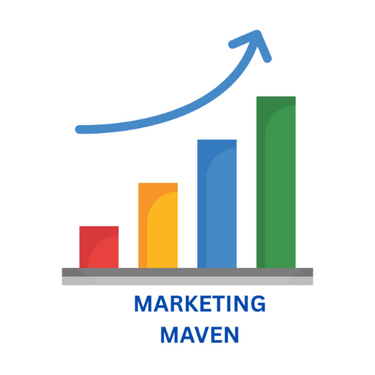How to Build a Content Calendar That Actually Works
Consistency is one of the biggest challenges in digital marketing, and that’s where a content calendar becomes essential. A content calendar is more than just a schedule – it is a strategy that helps businesses plan, organize, and execute their content in a way that builds brand presence and drives results. But building a content calendar that actually works requires a mix of planning, creativity, and flexibility. The first step is understanding your goals. Do you want to increase brand awareness, drive traffic, or generate leads? Once your objectives are clear, map out the platforms you will focus on, such as Facebook, Instagram, LinkedIn, or your company blog. Each platform has its own style, so your calendar should reflect different formats like blogs, reels, carousels, or infographics. Next comes content planning. Research your audience’s interests, trending topics in your industry, and important dates or events. For example, moment marketing works best when you align content with festivals, product launches, or viral trends. Plan a mix of educational, promotional, and entertaining posts to keep your audience engaged. Tools like Trello, Notion, or Google Sheets can make the process more organized and collaborative. Another important element is timing. Posting at the right time can double your reach and engagement. Analyze insights from social media platforms to see when your audience is most active, and schedule your posts accordingly. Along with this, keep a healthy balance between evergreen content that is always relevant and trending content that captures real-time attention. Finally, a content calendar should not be rigid. It should have space for flexibility, adjustments, and last-minute ideas. Track the performance of your posts regularly and refine your calendar based on what’s working best. With a well-structured content calendar, you can stay consistent, save time, and achieve better marketing results without the stress of last-minute planning. Personalized Marketing – AI studies customer behavior and delivers highly personalized recommendations, offers, and ads. This builds stronger customer relationships. Voice Search & Smart Assistants – With Alexa, Google Assistant, and Siri, voice search is growing rapidly. AI helps optimize content for voice-based queries. AI-Powered Chatbots – Smart chatbots are available 24/7, handling customer queries instantly and improving engagement without human involvement. Predictive Analytics – AI predicts customer needs and future trends using past data, helping businesses stay ahead of competitors. AI in Paid Ads – Google and Meta Ads now use AI to optimize targeting, placements, and budgets automatically for maximum ROI. AI for Visual Content – Tools like MidJourney and Canva AI are creating stunning graphics, videos, and ad creatives in minutes. In short, AI is making digital marketing faster, smarter, and more effective. Businesses that implement these AI trends in 2025 will not only save time and cost but also achieve higher ROI and customer satisfaction. Ignoring these trends means falling behind in the competitive digital space. 1. Reach Has Gone Global Traditional marketing is limited to a location. A newspaper ad will only reach local readers, and a TV ad will only be seen in a certain region. Digital marketing, on the other hand, allows businesses to reach anyone in the world instantly. With platforms like Instagram, Google, and LinkedIn, even small businesses can expand internationally without spending millions. 2. Cost-Effectiveness Wins Running a TV commercial or renting a billboard can cost lakhs per month. In contrast, running a targeted Facebook or Google ad can start with just ₹200 per day. This makes digital marketing accessible for startups and small businesses that could never afford traditional advertising. 3. Measurable Results One of the biggest challenges in traditional marketing is tracking results. You can’t exactly know how many people saw your billboard or how many sales came from your radio ad. Digital marketing changes this — with analytics tools, you can measure every click, impression, and purchase. This helps businesses adjust their strategies in real-time. 4. Targeting the Right Audience Traditional marketing broadcasts to everyone, hoping the right people will see the message. Digital marketing uses advanced targeting — based on age, location, interests, behavior, and even the time of day — ensuring that ads reach only the most relevant audience. 5. 24/7 Availability A billboard or TV ad only runs for a fixed period, but digital campaigns can run 24/7 and be paused, edited, or optimized instantly. This flexibility allows brands to stay active and responsive at all times.Freelancing: Offer services like SEO, social media handling, content writing, or ads management to clients online. Affiliate Marketing: Promote products through your blog, YouTube, or Instagram and earn a commission on each sale. Blogging & YouTube: Create content, grow your audience, and earn through ads, sponsorships, or product promotions. Google AdSense: Monetize your website or blog by displaying ads and earning money per click. Running Ad Campaigns: Help businesses run Facebook, Instagram, or Google Ads and charge a monthly fee. Selling Digital Products: Create and sell online courses, eBooks, templates, or presets. Email Marketing Services: Build email lists and run campaigns for businesses and brands. Drop-shipping or E-commerce: Start your online store and use digital marketing to drive traffic and sales. Become a Social Media Influencer: Grow your following and get paid for brand collaborations.
